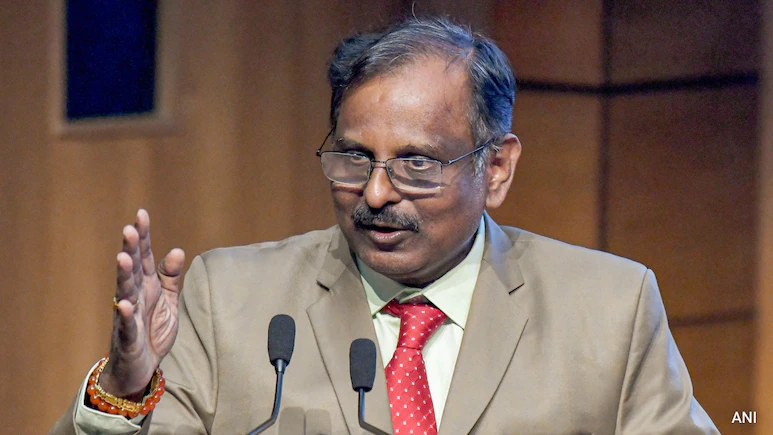
New Delhi: The Indian Space Research Organisation (ISRO) is charting an ambitious course for the future, with Chairman Dr. V. Narayanan declaring 2025 as the ‘Gaganyaan Year’. This announcement signals a significant leap for India’s human spaceflight ambitions, as outlined by Narayanan at a recent event in Kolkata. ISRO’s aggressive roadmap for the coming years includes a series of human and robotic missions, the establishment of a space station, and key international collaborations.
This strategic direction underscores ISRO’s commitment to crewed space exploration, scientific discovery, global partnerships, and national advancement. These planned initiatives not only showcase India’s technical prowess but also solidify its intent to become a global leader in space exploration. From lunar missions to human spaceflight, and from surveillance satellites to a national orbital outpost, ISRO’s bold vision positions India at the forefront of 21st-century space science.
Gaganyaan’s Maiden Uncrewed Mission Slated for December 2025
Dr. Narayanan confirmed that the inaugural uncrewed Gaganyaan mission is set for December 2025, featuring the humanoid robot, Vyommitra. This will be the first of three planned uncrewed test flights, leading up to India’s first human spaceflight, which is now anticipated in early 2027.
“This year is very important for us. We have declared it Gaganyaan Year. To date, over 7,200 tests have been completed, with approximately 3,000 tests still pending. Work is ongoing 24 hours a day,” the ISRO chief stated. He also revealed that launches are scheduled almost monthly this year, highlighting the intense and extensive preparations underway for ISRO’s spaceflight endeavors.
Lunar Ambitions: Chandrayaan-4 Sample Return and Chandrayaan-5 Mission on the Horizon
ISRO is also advancing its lunar exploration program. Dr. Narayanan provided updates on Chandrayaan-4and Chandrayaan-5, future missions designed to deepen India’s understanding of the Moon.
Chandrayaan-5, a joint mission with Japan, will feature a 6,400 kg lander and a 350 kg rover, a significant upgrade from the 25 kg ‘Pragyan’ rover used during Chandrayaan-3. This mission is expected to operate on the lunar surface for 100 days, focusing on in-depth scientific research.
“Chandrayaan-5 will significantly augment the scientific capability of the mission with international collaboration,” Narayanan added. Meanwhile, Chandrayaan-4, slated for launch within 2.5 years, aims to bring back lunar soil samples to India – a first for the Indian space program.
India’s Own Space Station and Operational Satellite Network
In a major stride for space science, Dr. Narayanan announced ISRO’s plans to establish its own Indian space station, projected to weigh over 50 tonnes. This facility will serve as a permanent orbital platform for long-duration microgravity experiments and the validation of critical technologies. Once operational, India will join an exclusive group of nations with indigenous space station capabilities. This initiative is designed to enhance India’s global standing in space research and foster international scientific collaboration.
ISRO currently operates 57 satellites that provide vital real-time data for disaster management, agriculture, education, weather forecasting, and remote connectivity. The Gaganyaan mission is not just a project; it’s a symbol of India’s entry into the elite group of human spaceflight nations. Its success will lay the groundwork for future crewed deep-space missions.
Following the three uncrewed missions, ISRO aims to launch its first crewed mission by the first quarter of 2027. This represents a significant technological and strategic breakthrough, poised to fuel innovation and inspire a new generation of Indian engineers and scientists. During his address, delivered on the 253rd birth anniversary of social reformer Raja Rammohan Roy, Narayanan drew a parallel between scientific progress and societal advancement. He paid tribute to Roy and emphasized the crucial role of Indian women scientists in ISRO’s achievements. Their increasing involvement in space missions reflects ISRO’s commitment to gender diversity and inclusive innovation.




